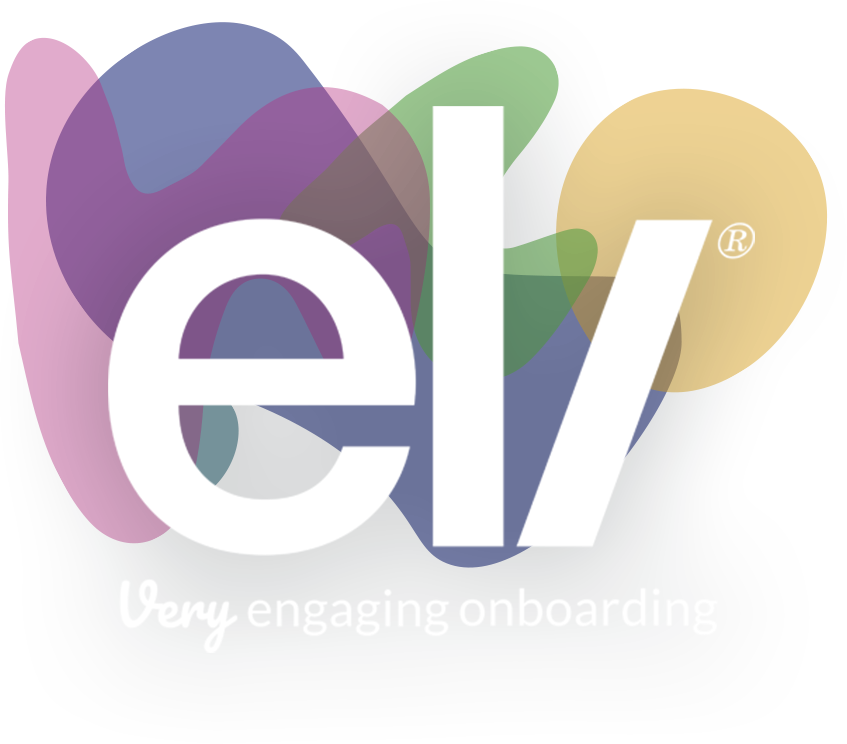5 ways to cut costs without compromising your onboarding experience
 Published by Sarah Wardle 02/07/2025
Published by Sarah Wardle 02/07/2025
Delivering a great onboarding experience is no longer a nice-to-have – it’s a critical lever for retention, engagement, and productivity. But for HR and early talent teams facing tighter budgets and growing expectations, creating that experience in a cost-effective way is a significant challenge.
The cost of getting it wrong is well documented. The CIPD estimates that the average cost of a poor hire – including recruitment, training, and lost productivity – can be as much as £28,000 per employee. The Talent Labs quoted the rate as even higher, citing the average cost of replacing an employee earning over £25k as £30,614 in 2024. Meanwhile, the Institute of Student Employers (ISE) found that 18% of graduates renege on job offers before day one, and up to 25% leave within their first year.
So how do you deliver onboarding that works – without draining time, money, or morale?
Here are five practical, research-backed strategies to create preboarding and onboarding that’s both high impact and cost effective.
- Start preboarding as early as possible
The preboarding period – between offer acceptance and start date – is a powerful opportunity to reduce dropout and build early engagement. Yet many organisations underutilise it.
According to People Management, candidates who receive regular, relevant communication before their first day are significantly more likely to remain engaged, reducing the likelihood of dropouts and day-one nerves.
Use this time to share essential info, introduce the team, and set expectations early. A welcome video from a future team or a Q&A with recent joiners can create a personal connection without much cost and can make a huge difference to a new hire’s sense of belonging.
- Streamline the experience
Fragmented onboarding often leads to duplicated work and a poor experience. Research from The Talent Labs highlights how inconsistent onboarding processes can cause confusion and slow ramp-up times, especially in larger organisations or those hiring across multiple departments.
Create a repeatable, core onboarding journey that can be personalised by role or region – but keeps the structure, content, and tone consistent.
- Involve the right people at the right time
Effective onboarding isn’t just an HR responsibility. Managers, buddies, and even recent hires all play a role in helping someone settle in. In-house Recruitment (IHR) research suggests that organisations with structured line manager involvement see improved engagement and productivity in new starters. Equip managers with onboarding toolkits and timelines so they know what to do – and when.
- Make feedback part of the journey
Collecting feedback during onboarding helps identify what's working and where improvements can be made – before small issues become big problems. According to the ISE Development Survey organisations that regularly review their onboarding processes experience lower dropout rates and stronger early performance metrics.
It’s a good idea to send short pulse surveys at key points (e.g. after the first week and/or first month) to measure sentiment and engagement.
- Use lightweight, scalable tools to reduce admin
You don’t need a major system overhaul to improve onboarding. Often, the most effective tools are the ones that can be deployed quickly and used easily by both HR and new hires.
Take Eli Go, for example – a ready-to-launch onboarding platform built on the same award-winning technology behind Eli Onboarding. It comes pre-loaded with structured journeys, engaging content, and smart checklists – allowing teams to create consistent, inclusive onboarding experiences with minimal setup. Because it’s designed to go live in less than a day and doesn’t require complex integrations, it’s particularly well-suited for teams working under time or budget pressure.
For smaller organisations – or those onboarding seasonally or at scale – it can offer a practical way to reduce manual admin, support hiring managers, and ensure every new hire gets a thoughtful, well-prepared welcome.
In a world of tight budgets and high candidate expectations, efficient onboarding isn’t just possible – it’s essential. By focusing on early engagement, consistent processes, and scalable tools, you can improve outcomes without increasing spend.
Learn more about Eli Go and how it works in practice.




